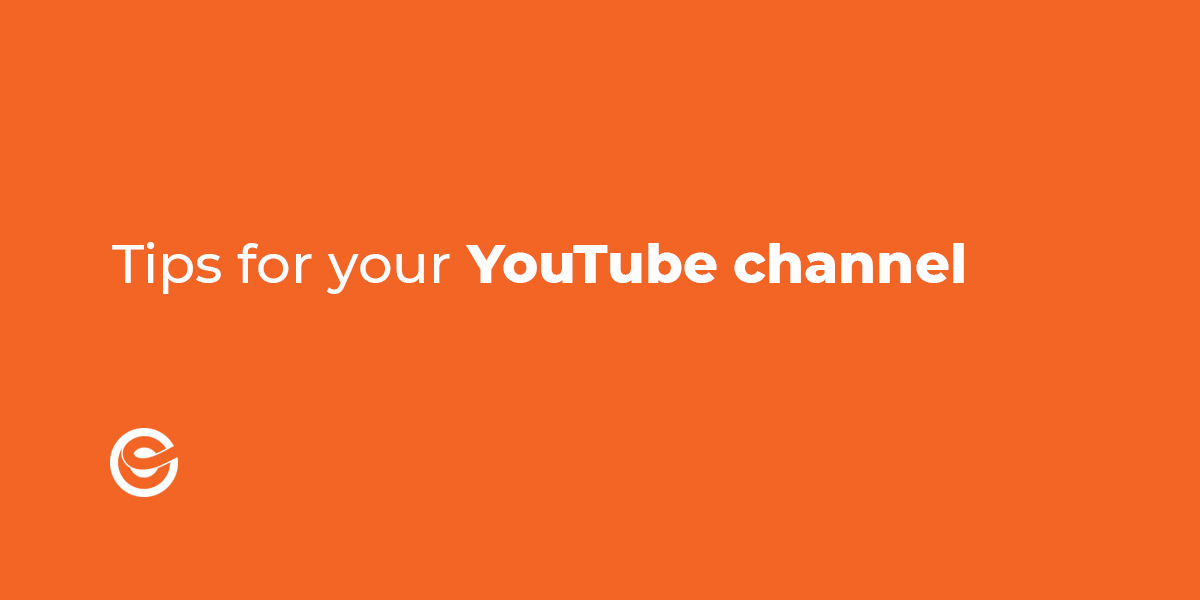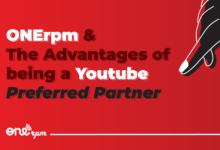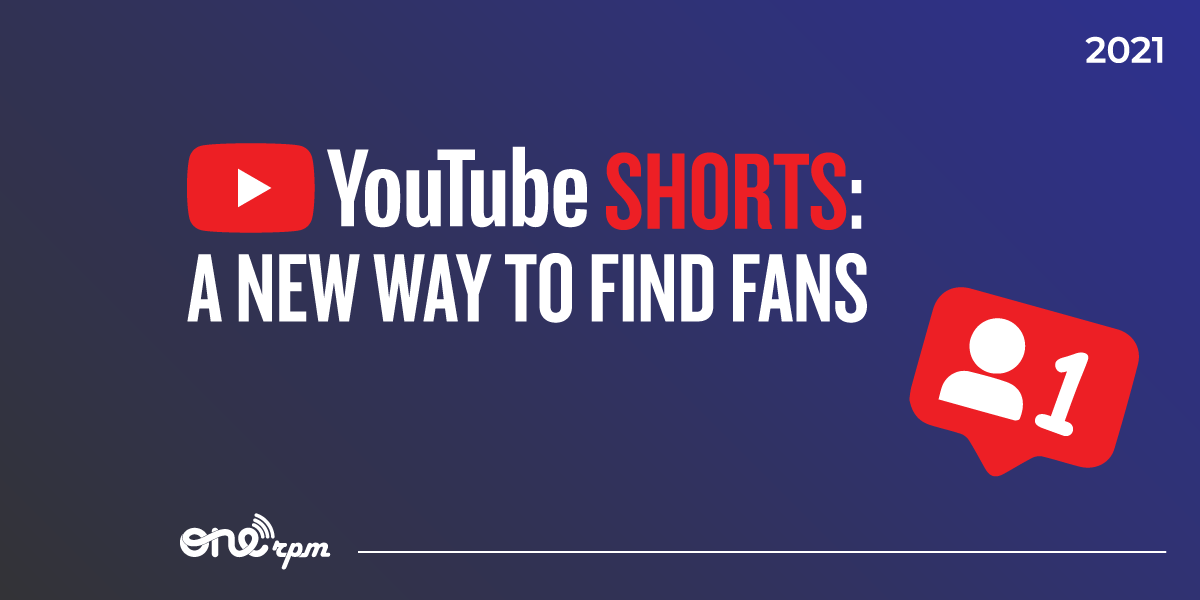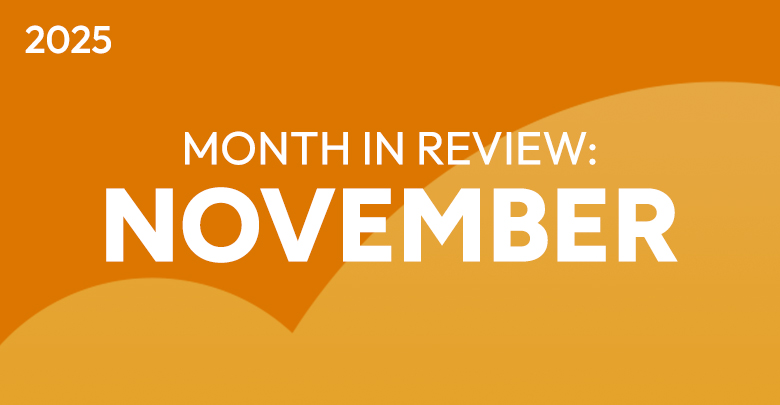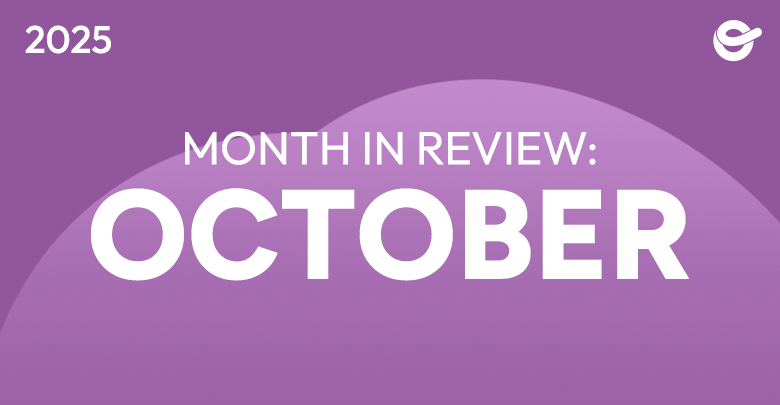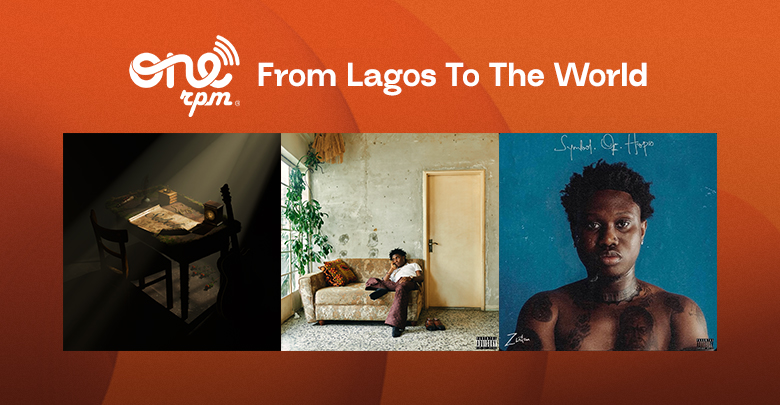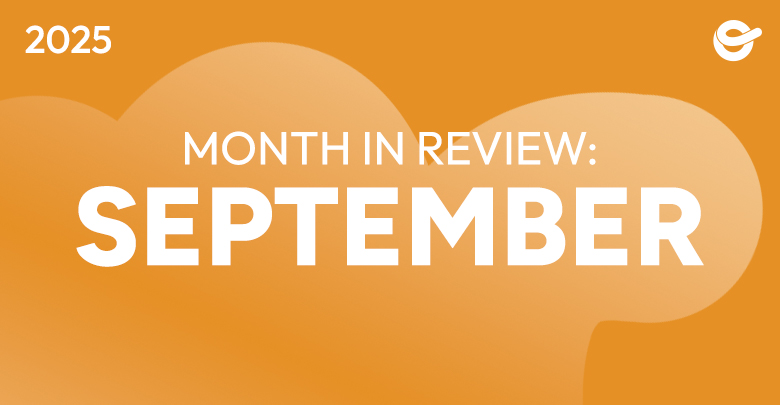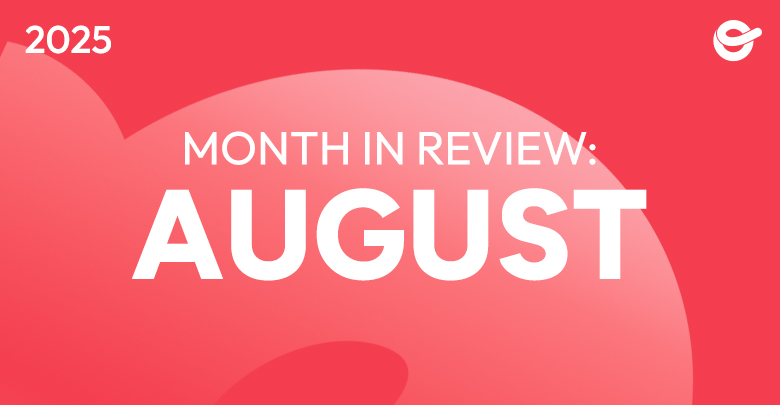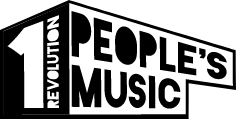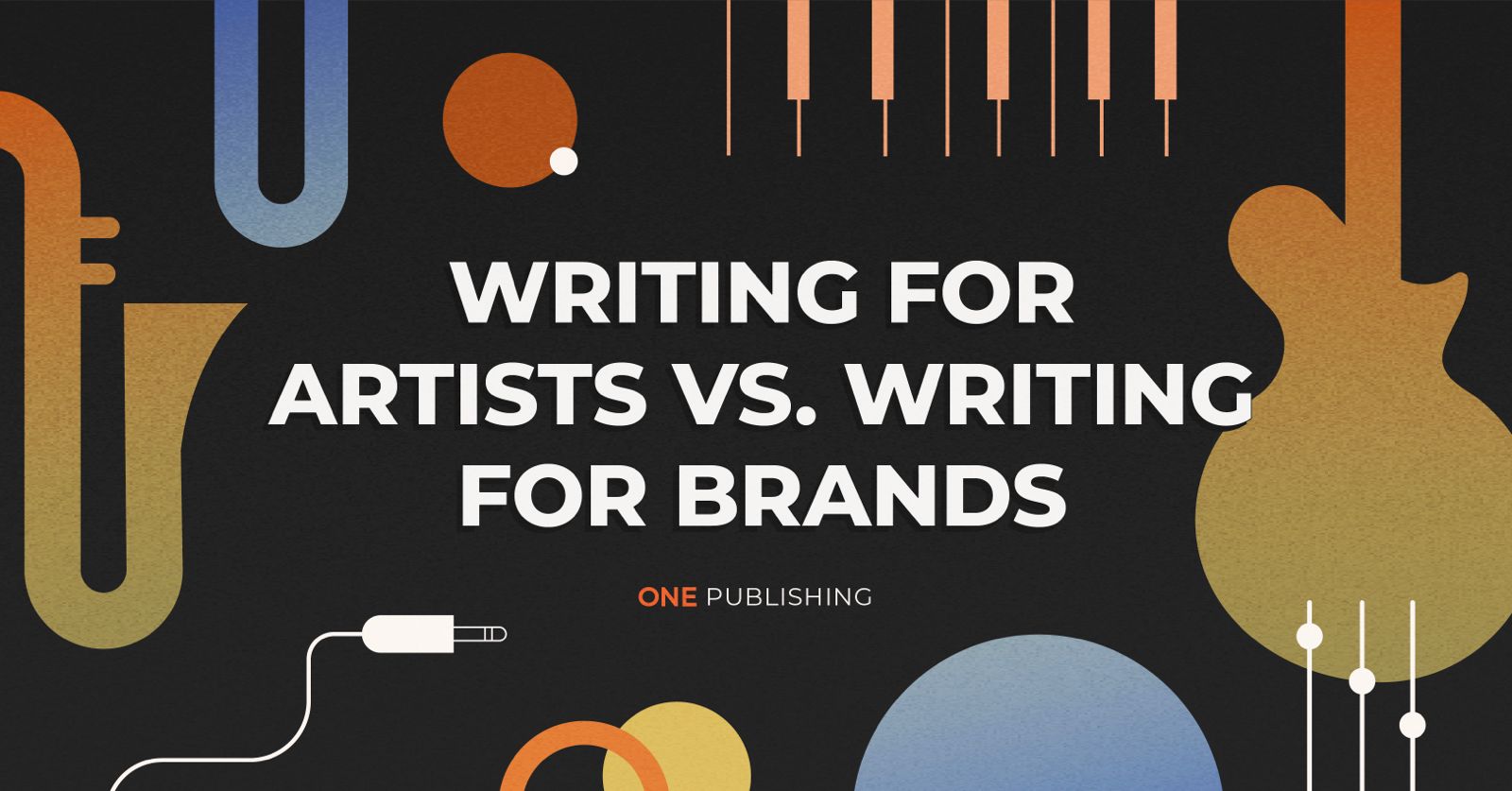
A Practical Guide to Reach Artists and Brands with Your Songs
In this guide, we explain the key differences between composing a song for an artist and creating music for a brand.
Writing a song for an artist and creating music for a brand are two very different paths in the music industry. Both can be creatively fulfilling and financially rewarding, but they involve different approaches, types of agreements, and specific goals. In this guide, we explain the key differences and give you tools to help you prepare, protect, and promote your songs in each case.
What does it mean to write for artists?
When you write for an artist, your song is meant to become part of that person’s or group’s musical repertoire: it might be released as a single, included in an album, or performed on tour. The focus is emotional, artistic, and personal.
So, how do I get my songs to an artist?
One of the roles of publishing A&Rs is creative pitching, where your demos are presented to artists, managers, or producers looking for new songs for upcoming projects. This practice is known as song pitching and is one of the most common ways to connect writers with performers.
Other ways to get noticed as a songwriter include:
-
Uploading your demos to platforms like SoundCloud, Bandcamp, or YouTube, making sure your contact information is clear and easy to find.
-
Attending songwriting camps, author meetups, or co-writing sessions.
-
Reaching out directly on social media to managers, emerging artists, or independent producers who are actively looking for new material.
A well-written and well-presented song can open many doors.
As Paola Vicaria, founder of Lucid Dreams Management, reminded us during our Unlocking Publishing webinar, it’s also key to:
-
Make sure your profile or page clearly communicates who you are and what you do.
-
Have an up-to-date portfolio or playlist that showcases your work.
-
Don’t be afraid to DM or email A&Rs, managers, or artists. You’ve already got a “no” — what do you have to lose?
Learn more by watching the full conversation (in spanish).
What does it mean to write for brands?
Writing for a brand (also known as commissioned work or work for hire) is a different game: the goal is to create a musical piece that enhances the message of a commercial campaign. This could be a jingle, background music for a spot, an instrumental track for a corporate video, or even music for a video game or app.
Here, creativity serves a specific purpose. You’re not writing from emotion or for an artist’s identity, but rather to convey what the brand wants the audience to feel — trust, joy, nostalgia, freshness, power, etc.
🎵 Real example: Before becoming a pop star, Barry Manilow wrote jingles for brands like State Farm and McDonald’s. Often, he was given just a short phrase (like “Like a good neighbor…”) and had to come up with a melody that made it unforgettable — in less than 15 seconds.
What about copyright and ownership?
This is one of the most important — and most different — aspects between these two paths.
When you write for an artist:
-
You retain your copyright over the composition.
-
You can register the work with your publisher or directly with a rights organization (like SACM, ASCAP, SAYCO, etc.).
-
You receive royalties from public performance, mechanical reproduction, sync, and more.
-
Any use of your song must be licensed separately (e.g., if it’s used in a movie or ad, that requires a separate sync license).
When you write for a brand:
-
You often sign a “work for hire” or buyout contract, which means the company acquires the rights to exploit the music.
-
You receive a one-time payment for the commission and usually don’t earn royalties from broadcasts or uses.
-
The company can use the music as it wants, within the terms of the contract (territory, duration, platforms).
-
However, your authorship remains legally registered. Even if not publicly credited, your name is tied to the creation.
Note: In some cases — like large campaigns or global brands — it’s possible to negotiate contracts that limit usage by time or territory, giving you the chance to charge additional fees if reused later.
How can I reach brands with my music?
Breaking into the world of music for advertising can feel intimidating at first, but there are clear paths to follow:
-
Connect with creative agencies and audio production companies: many look for freelance musicians for specific campaigns.
-
Register with sync or music pitching platforms like Musicbed, Artlist, Epidemic Sound, or Songtradr.
-
Submit music to production music libraries, where music supervisors look for ready-to-license tracks.
-
Work with a publisher that has a sync team: a good publishing partner with strong commercial networks can pitch your music or commission you for custom work based on brand briefs.
Key tip: If you’re writing music with sync potential (instrumental, versatile, emotionally driven, not too lyric-heavy), let your publisher know and make sure your metadata is accurate and complete (BPM, key, instruments, mood, etc.).
Writing for artists and writing for brands are two different worlds — but both are equally valuable. Each path can bring you income, exposure, and new partnerships if you have the right songs and the right allies.
Explore both. Prepare well. And don’t be afraid to put your work out there.


